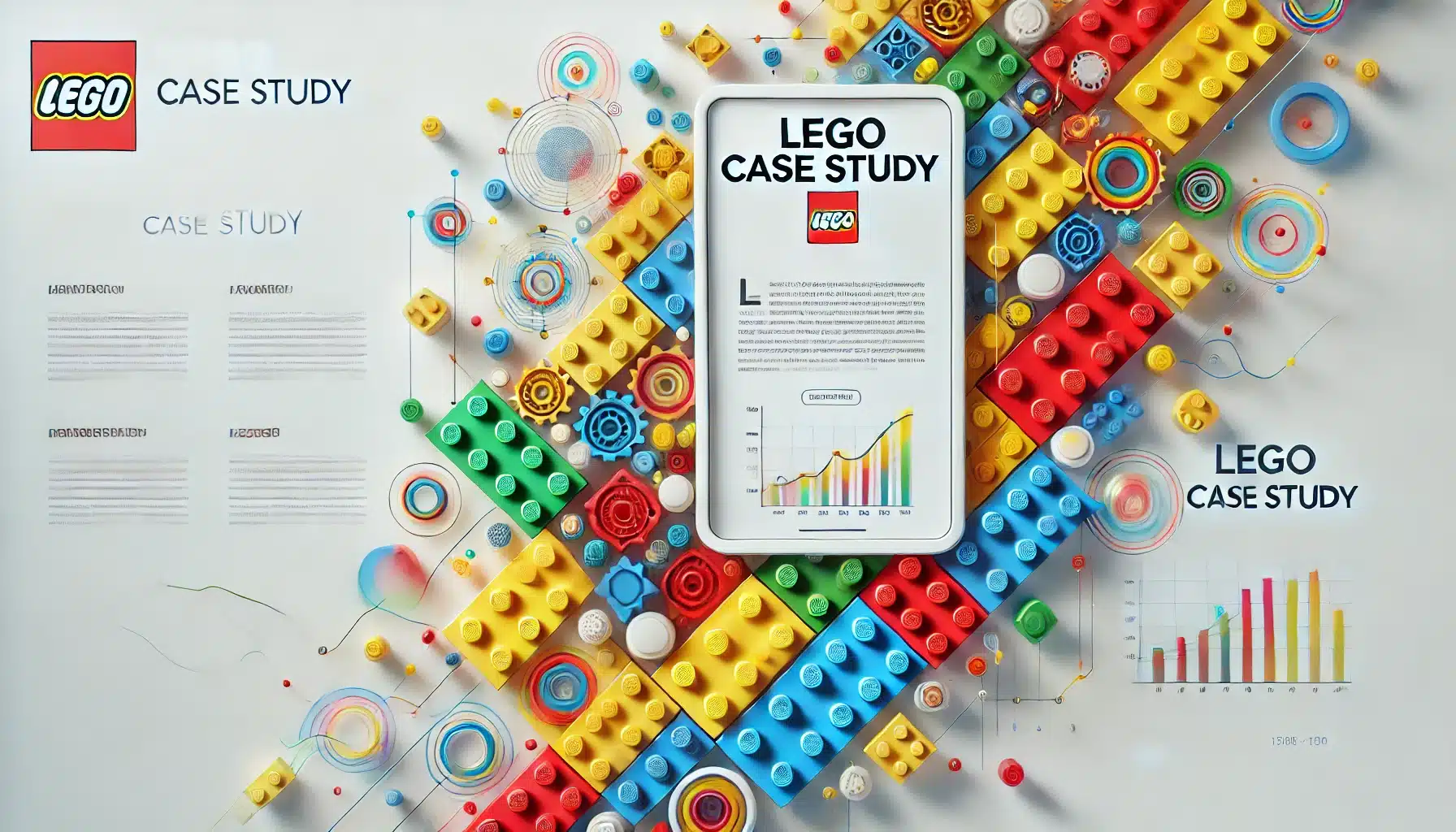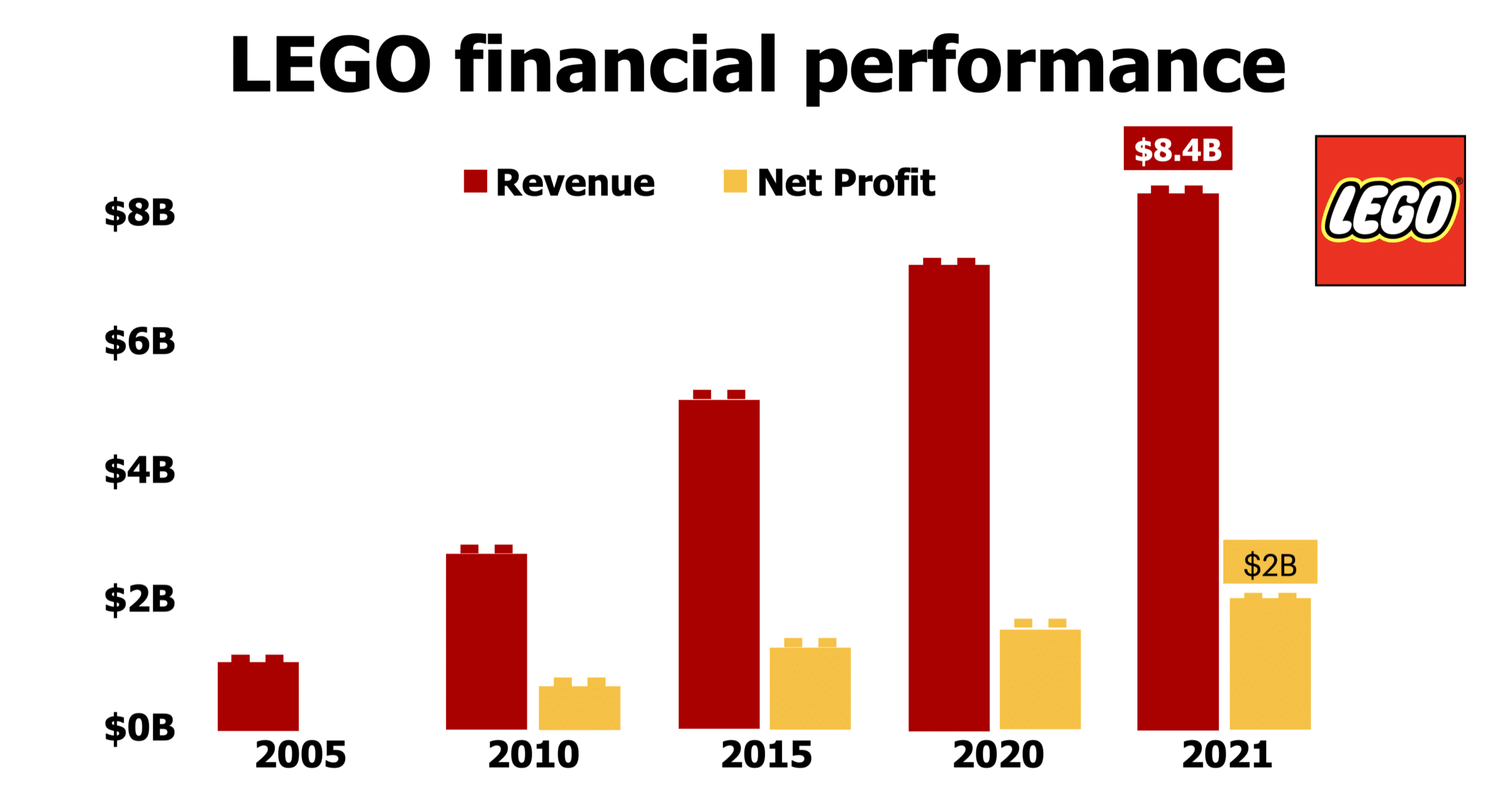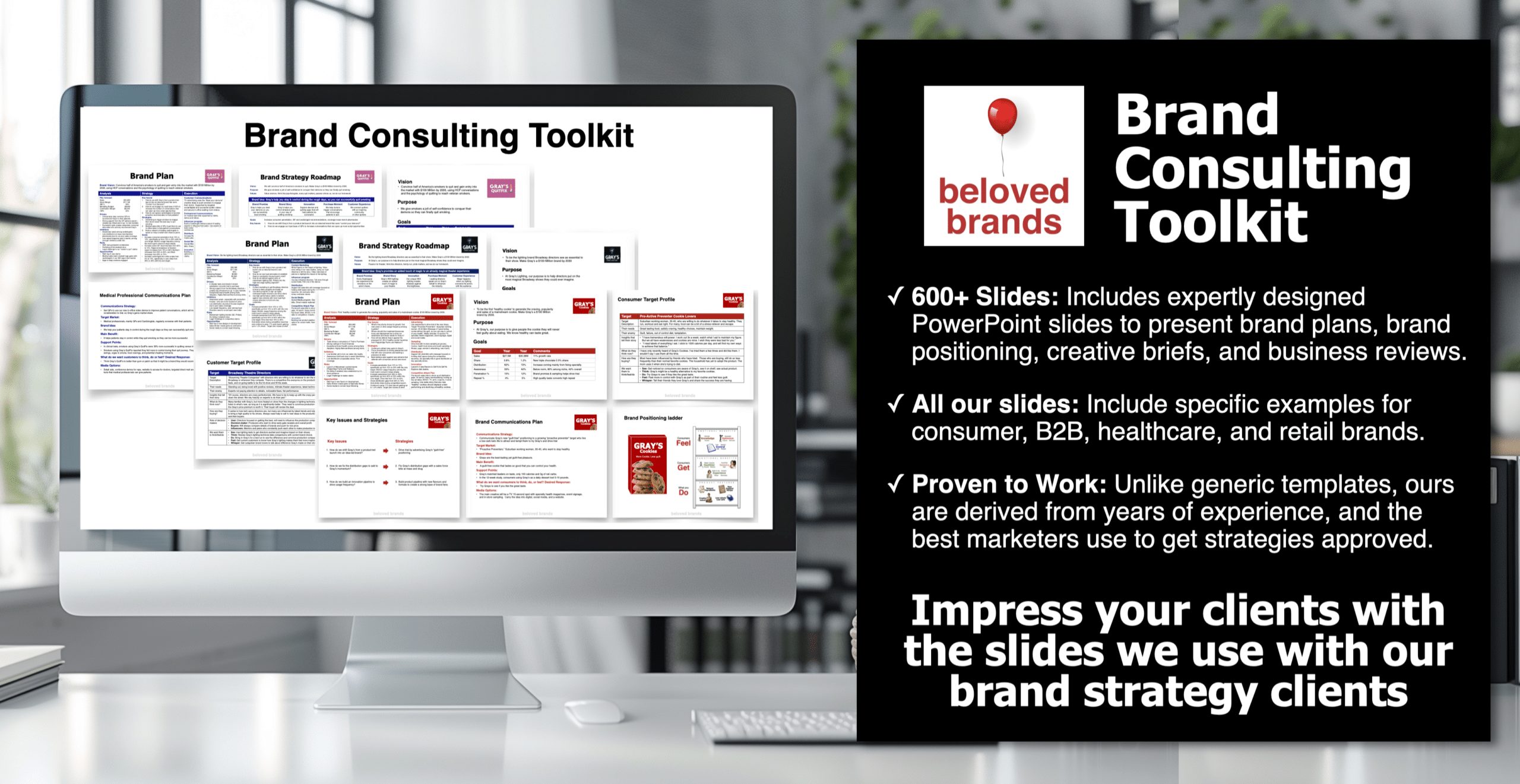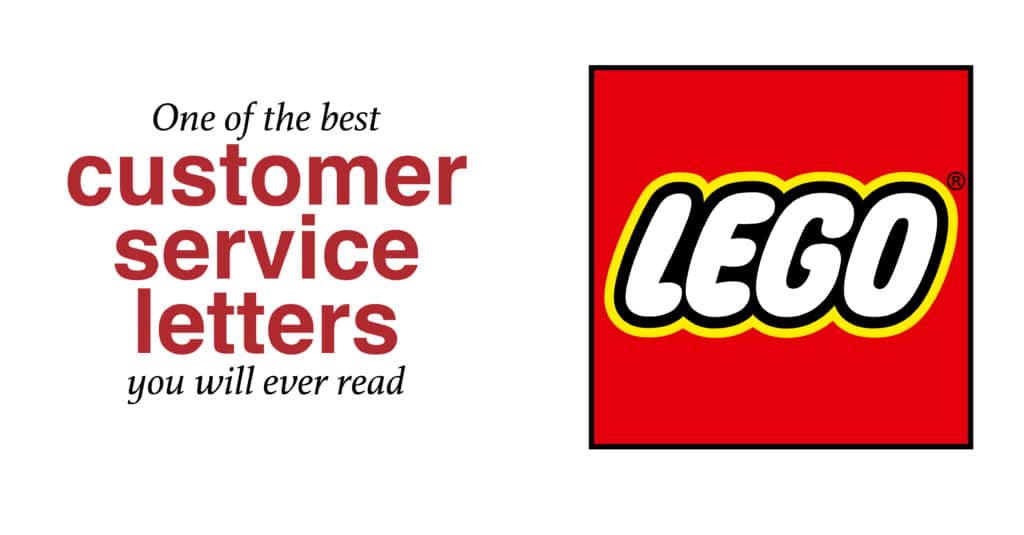LEGO, the iconic Danish toy brand, has inspired creativity and imagination in children and adults alike since its inception in 1932. The company’s signature interlocking bricks have become a global phenomenon, transcending cultural and generational boundaries. However, in the early 2000s, they faced significant challenges threatening its existence. Our LEGO case study will explore how they revitalized its brand by refocusing on its core product. Then, they expanded into new markets and leveraged digital and content marketing.
The Challenges LEGO Faced
In the early 2000s, LEGO grappled with several issues that put its brand at risk. Declining sales, increased competition from digital entertainment, and a loss of brand focus due to excessive product diversification left the company struggling to find its footing. These factors created a sense of urgency within their leadership. They recognized the need for a fundamental shift in strategy to revitalize the brand and secure its future.
Recognizing the need for change
LEGO’s management understood they needed to reassess their business approach to overcome these challenges. They initiated a comprehensive review of the company’s operations, product portfolio, and marketing strategies. This process led to several critical insights informing the company’s revitalization efforts.
Refocusing on the Core Product
One key realization was that LEGO had drifted too far from its core product—the iconic interlocking bricks. The company had diversified its product line to include action figures, clothing, and various themed sets, diluting the brand’s identity. They decided to streamline its product portfolio and return to the essence of its brand: the simple yet versatile building blocks that had captivated generations of fans.
Simplifying the Product Range
LEGO reduced the number of individual brick types, making it easier for customers to build with the product while maintaining its versatility. The company also reemphasized classic themes, such as City, Castle, and Space, which resonated strongly with its core audience. This refocusing allowed the company to reestablish its identity as a brand that fosters creativity and learning through play.
Expanding into New Markets
At the heart of the LEGO case study is a revitalization strategy that involved expanding its market reach. The company identified untapped potential in emerging markets, such as China and India, and developed targeted marketing and distribution strategies to cater to these new audiences. The company recognized the importance of engaging adult fans. They began creating sophisticated sets with intricate designs and higher price points.
Building a Global Presence
LEGO invested in building a strong presence in emerging markets, opening new offices, retail stores, and production facilities. This expansion allowed the company to establish a local presence and better understand customers’ unique needs and preferences in these regions. By adapting its products and marketing strategies to cater to local tastes, the brand grew its brand and increased sales significantly.
Leveraging digital and content marketing
LEGO understood that the rise of digital technology and social media presented both challenges and opportunities for the brand. To capitalize on these new avenues, the company embraced digital and content marketing as essential components of its overall brand strategy.
Engaging with Fans Online
LEGO created an extensive online presence through social media platforms, directly engaging with fans and customers. They share behind-the-scenes content, hosting contests, and showcasing user-generated creations. This allows the brand to foster a sense of community and loyalty among its audience. This approach helped the company maintain relevance in an increasingly digital world.
LEGO’s YouTube channel has over 19 million subscribers. They put out a lot of short how-to videos, as well as some entertaining spots like the one below which has generated 86 million views.
The LEGO Ideas Platform
LEGO launched the LEGO Ideas platform, a crowdsourcing initiative allowing fans to submit their designs for production as official LEGO sets. This innovative approach provided valuable product ideas and deepened the brand’s and its fans’ connection. By involving their most cherished customers in the creative process, LEGO fostered a sense of ownership and loyalty, further strengthening its brand identity. To illustrate our LEGO case study, click on the video below that explains how the Ideas program works.
To view, click on the IDEAS video as part of our LEGO case study.
Engaging your customers
In 2021, there were 57 submitted ideas that made the Lego review stage. What a great example for engaging your most loyal brand fans. To illustrate our LEGO case study, click on on the examples of the ideas below.
To illustrate, click on the IDEAS examples above as part of our LEGO case study.
Creating Immersive Digital Experiences
In addition to engaging with fans on social media, LEGO explored new ways to create immersive digital experiences. The company developed video games, mobile apps, and virtual reality experiences. This allowed users to build and interact with LEGO bricks in digital environments. By extending the play experience beyond the physical product, LEGO demonstrated its adaptability and commitment to embracing new technologies.
To illustrate the LEGO case study, an example of one of their more immersive experiences is below. This allows their customers to go deeper into each of their product lines.
To illustrate, click on the digital example as part of our LEGO case study.
The Impact of LEGO's Revitalization Strategy
Refocusing on the core product, expanding into new markets, and leveraging digital and content marketing proved to be a winning formula for LEGO. The company’s sales and profits surged, and it reclaimed its position as a leader in the toy industry. Moreover, they revitalized the brand image, resonating strongly with new and existing fans, securing the brand’s future for generations to come.
Our LEGO case study showcases the magnitude of the company’s financial growth over the last 15 years. With revenues skyrocketing from $1 billion to an impressive $8.4 billion, they have achieved an 8x increase, a testament to their financial stability and success.
Moreover, it shows they have achieved a profit margin of nearly 25% and a profit of $2 billion, indicating exceptionally strong performance.
To illustrate, click on the financial performance metrics of our LEGO case study.
Lessons Learned from the LEGO Case Study
Our remarkable case study offers valuable insights for brand management:
- Stay true to your brand’s core identity. Maintaining a clear focus on the essence of your brand is crucial for long-term success.
- Understand and adapt to market dynamics. Continuously assess market conditions and adapt your strategies to stay relevant and competitive.
- Engage with your audience. You can foster a sense of community and loyalty by including your audience in the creative process and maintaining open lines of communication.
- Embrace new technologies. Leverage digital marketing and emerging technologies to create immersive experiences and reach new audiences.
LEGO customer service story
This customer story involves a 7-year-old boy who lost his LEGO when he took it on a family trip to the mall. Kids always lose toys, but this boy was so upset that he wrote a letter to LEGO, telling them the story and asking for a replacement. He lost just one figure in his kit (Jay ZX), but to him, it’s the most important thing in his life. Read how they dealt with the letter.














 Brand Analytics to find insights
Brand Analytics to find insights Challenge your Strategic Thinking
Challenge your Strategic Thinking Sharpen your Brand Positioning
Sharpen your Brand Positioning Build a Brand Plan that defines a better future
Build a Brand Plan that defines a better future Master decision-making on Marketing Execution
Master decision-making on Marketing Execution








